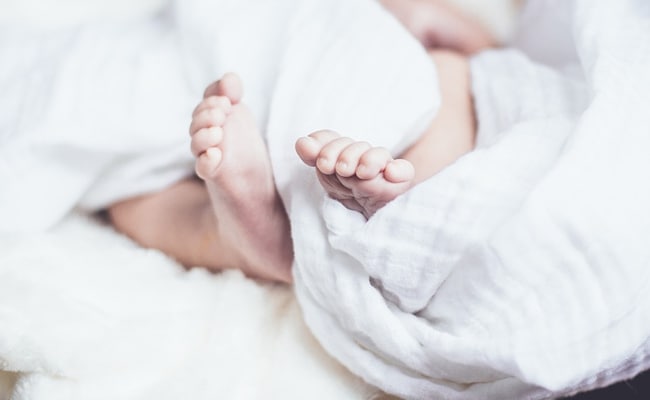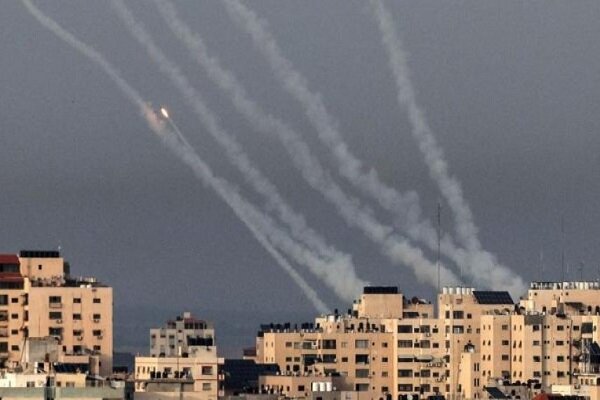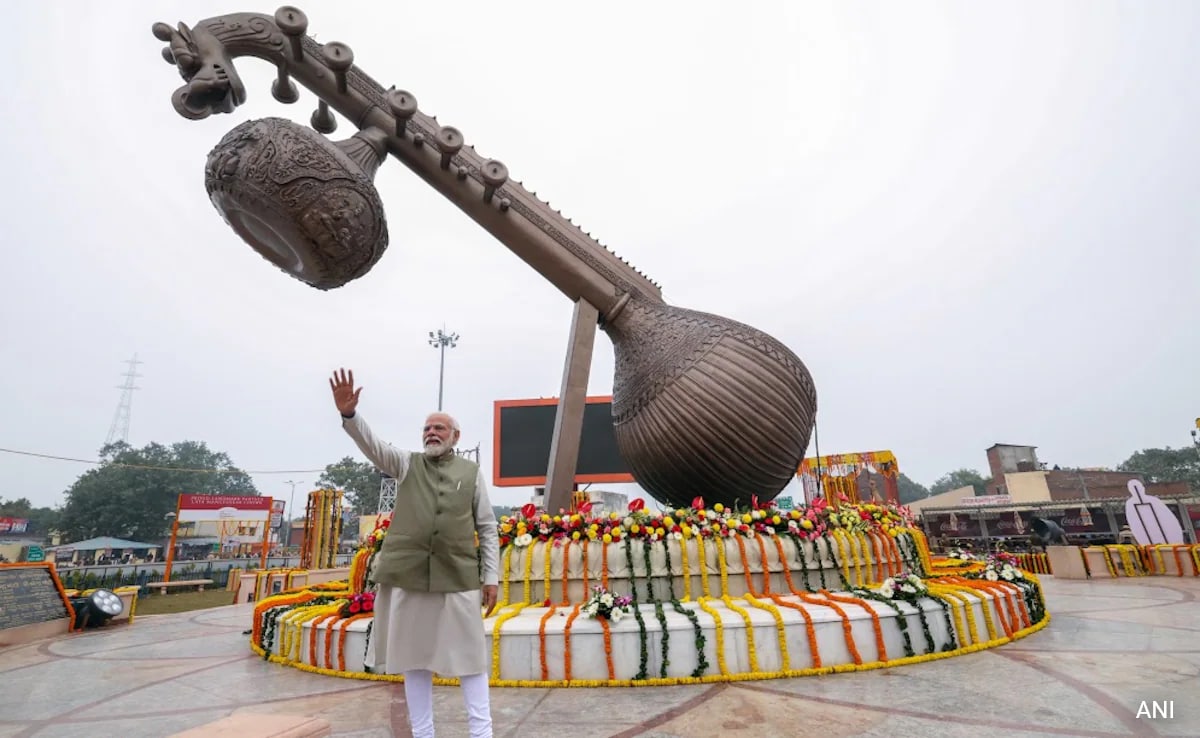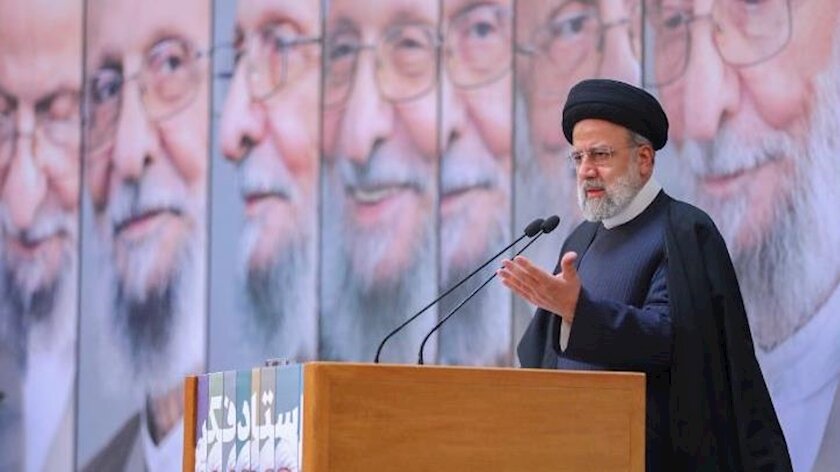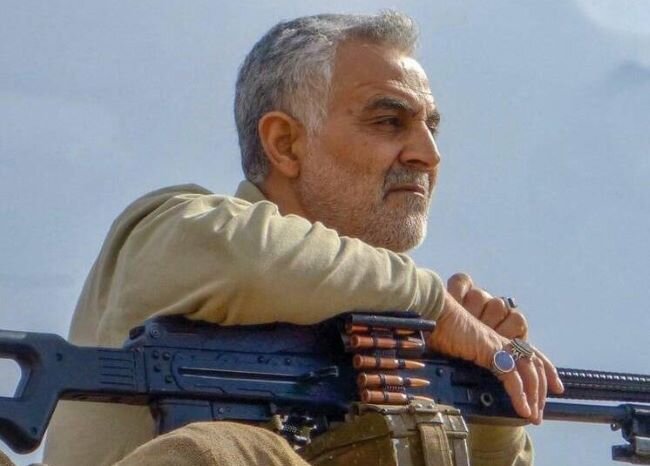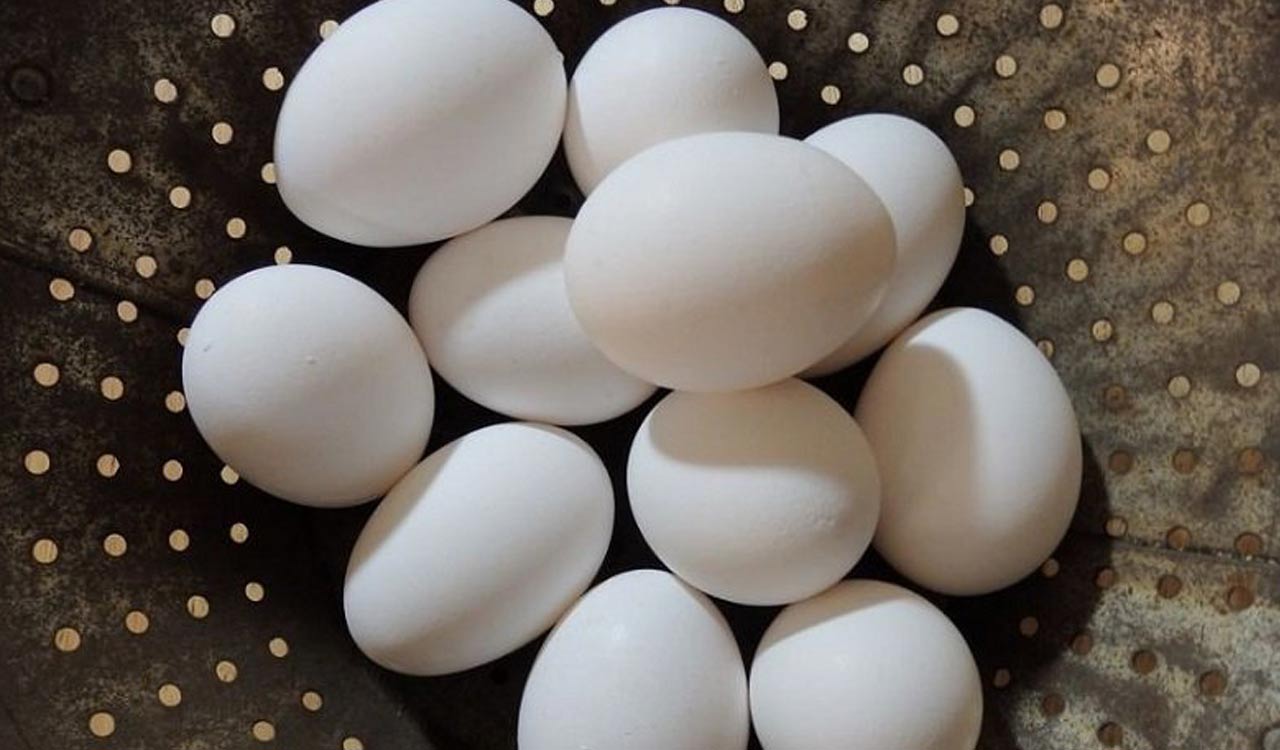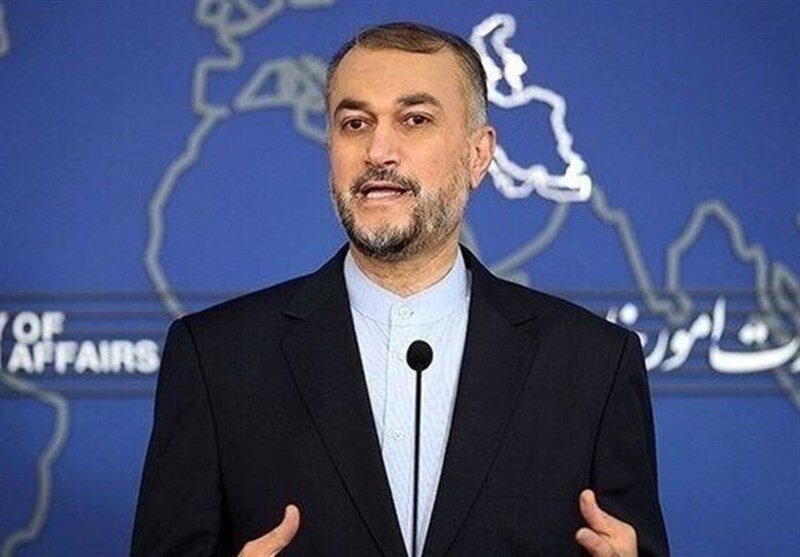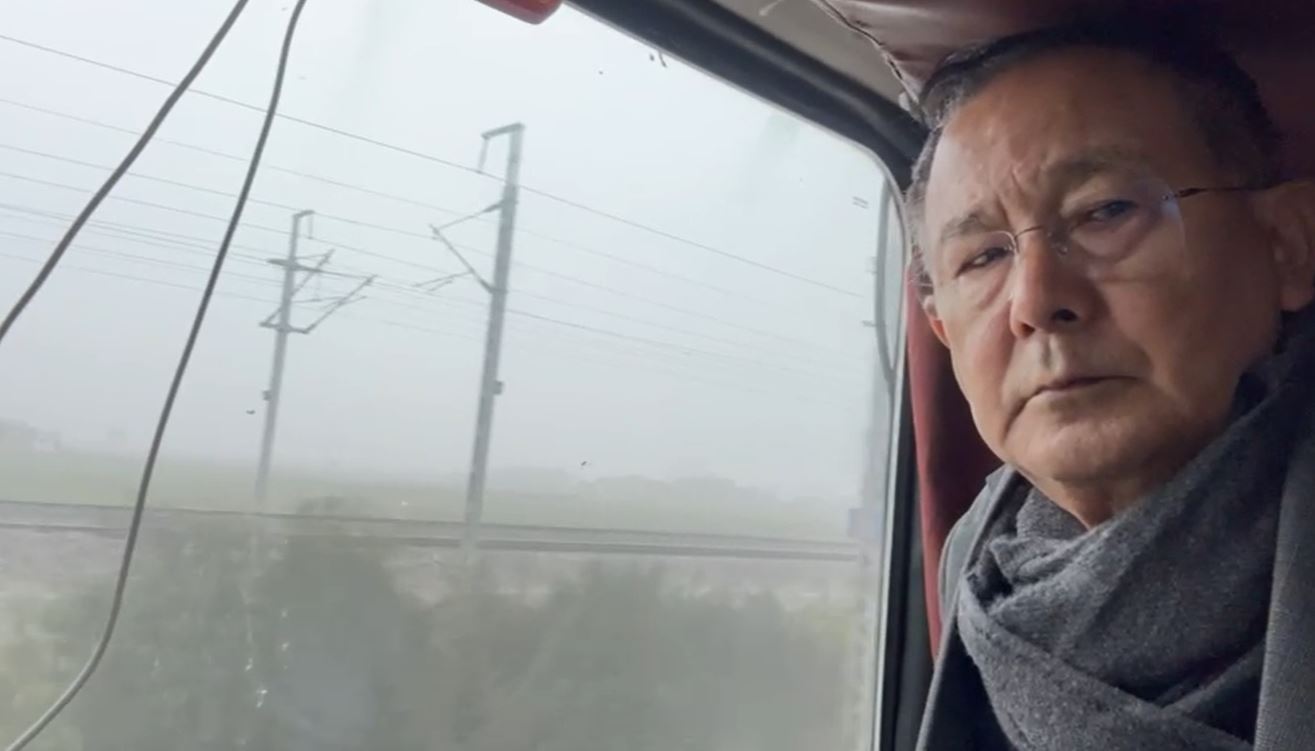Lunient General Soleimani, commander of the Quds Force of Iran’s Islamic Revolution Guards Corps (IRGC), and Abu Mahadi al-Muhandis, the second-in-command of Iraq’s Popular Mobilization Units (PMU), were martyred along with their companions near the Baghdad airport in a US drone strike, on the direct order of Donald Trump, the former president of the United States on January 3, 2020.
The assassination of the hero commander of the fight against terrorism was met with a flood of international reactions.
Martyr Soleimani is known as the senior commander of the Resistance front and a symbol of the fight against global arrogance and oppression.
The roles played by the general Soleimani in different fronts of the fight against terrorism had made him the center of the Resistance.

After the emergence of ISIL in Iraq and Syria, Martyr Soleimani, as the commander of the Quds Force, fought against this terrorist group by taking part in these areas and organizing popular forces.
Assisting movements such as Hamas, Hashd al-Shaabi, Ansarullah, and especially Hezbollah, Martyr Soleimani personally fought against Zionism on every front from east to west, from north to south.
The following is the text of the interview of the Mehr News Agency with Turkish lawyer Emin Güneş ahead of the fourth anniversary of the martyrdom of these Resistance commanders.
How do you evaluate the role of Martyr Soleimani in keeping the Palestinian issue alive?
The issue of Palestine is always alive in the memory of the nations. Since the occupation of Palestine by Britain, Muslims have fought for freedom and tried to keep the cause of Palestine alive.
Turkish people learned the importance of the Palestinian issue from the late Necmettin Erbakan who said that “Israel only understands the language of force, not words.”
Erbakan, (founder of several prominent Islamic political parties in Turkey) tried to expel Israelis from the region all his life.
The Islamic Republic of Iran has also taken the first step regarding the issue of Palestine. With the glorious revolution of Imam Khomeini (RA), Islam became a state in Iran.
After the victory of the Islamic Revolution, Imam Khomen’s first measure was to not recognize Israel as a country and the Israeli embassy in Tehran turned to the Palestinian embassy. The Islamic Republic of Iran also created a special military force to save the Al-Quds.
So the wishes of Erbakan regarding the Palestinian issue were realized by the measures of the Islamic Republic.
The IRGC Quds Force was established to talk to Israel in a language that it understands (language of force).
Martyr Soleimani was the commander of the IRGC Quds Force, therefore, he was the commander of all Muslims who were concerned about the issue of Al-Quds.

Martyr Soleimani did his duty along with other Resistance groups, especially Hamas and Islamic Jihad Movement, who are fighting against the Zionists. With their efforts, the Al-Quds gets closer to freedom every day.
No one denies the effects of the efforts of Martyr Soleimani in the Al-Aqsa storm operation on October 7.
Today, the whole world is talking about the tunnels that martyr Qassem Soleimani planned to build and the missiles that he was a pioneer in building.
Although the Resistance enjoys limited weapons, its unlimited faith has turned it one step beyond Israel’s unlimited weapons power.
Martyr Soleimani’s efforts were not only in Palestine but on all fronts of Resistance against Israel, he added.
Why is Shahid Soleimani known as “Martyr of Quds”?
General Soleimani was martyred while performing his duties as the commander of the Quds Force. So, if he is not recognized as the martyr of Al-Quds, then who will be recognized?
Those who martyred him knew very well that he would not be satisfied with the liberation of Al-Quds.
He was considered not only a threat to Israel but a threat to all imperialist powers, especially the great devil, the US, who abuse the resources of our region.

Therefore, it is deserved to consider him not only as a martyr of Al-Quds but also as a martyr of the Islamic Ummah.
Martyr Soleimani always tried to keep the path to occupied Al-Quds open and helped the people of Gaza through Iraq, Syria, and Lebanon.
One day he was in Gaza, another day he was in Golan Heights, another day he was in Beirut, Damascus, or Baghdad.
Martyr Soleimani was a diplomat, a general, and also an ordinary soldier.
He knew that the United States was the real aggressor and that’s why he prevented America’s activities.
How do you evaluate the role of Martyr Soleimani in weakening Israel’s regional position?
Not only did Martyr Qassem Soleimani weaken Israel’s regional position, but also disrupted all plans of the Zionist regime.
From 1948 to 1980, the Israeli regime forced Palestinians to migrate, displacing hundreds of thousands of them.
Israel expanded its territory from about 5% to 95% and it was after the occupation of the territory of neighboring countries. Then it occupied southern Lebanon and came to Beirut.
The Israeli regime, step by step, got close to its claimed goal, the Promised Land.
To annex Beirut, Damascus, and southeast Turkey to its occupied territory, the regime created racial and sectarian differences in these areas and weakened and divided its rivals from within.
While Israel was engaged in such plots, Iran was facing the threats of the Mujahedin-e Khalq Organization (MKO) in domestic and the Saddam regime’s attack from the outside.
Even under such circumstances, the Islamic Republic of Iran was not negligent about the liberation of the Al-Aqsa Mosque and was planning to defeat the usurping Zionist regime.
The martyrdom-seeking operation of Ahmad Qasir on November 11, 1982, and the bombing of the Beirut barracks on October 23, 1983, shocked Israel, the US, and France.
Following the mentioned incidents, the United States and France quickly left Lebanon and Israel was forced to withdraw from southern Lebanon.
The Israeli regime’s army lost its seemingly invincible charisma in the July 2006 war, in which Qassem Soleimani was personally present.

After the July war, Israel’s development plans were replaced with the protection of the occupied territories. So that the regime needed defense systems such as walls and iron domes to survive.
But the “Al-Aqsa storm operation” showed that Israel will be destroyed and that the Quds Force is close to its final goal.
Reported by Mehr News Agency


